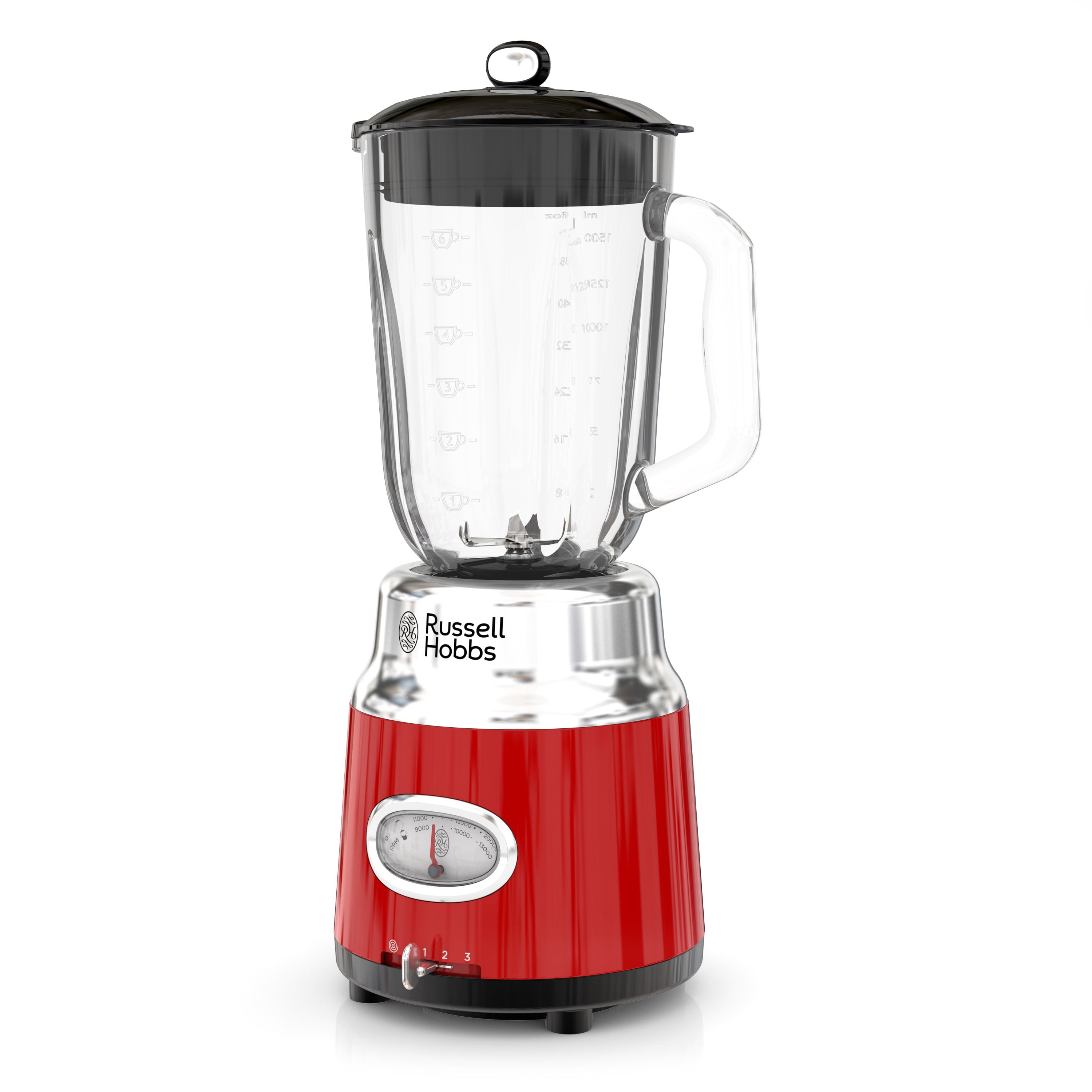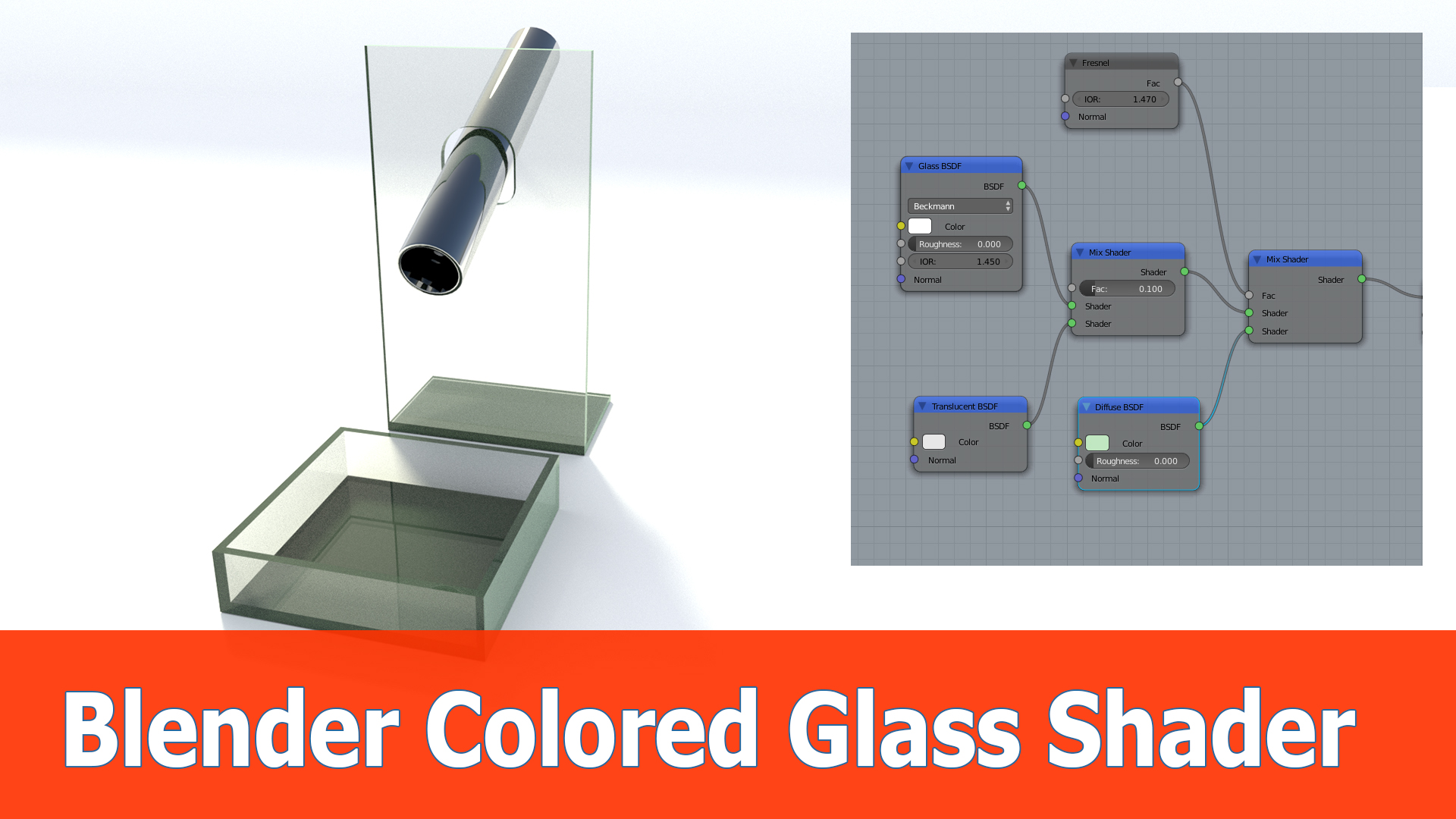
If you want real mathematical rigor and precision a NURBS modeling software may be more adequate although it is perfectly possible to do it in Blender with fair amount of Whether Blender is the adequate tool for this is another matter. A convex lens is a relatively simple geometry should not be too hard to model. Modelling - In theory, geometry-wise you should be able to model "anything" you like, there really aren't that many constraints imposed. I think this problem could be broken down into three separate issues: blend file with the lens and Shady Puck text from the first image. Many of the techniques from this piece are gathered from tutor4u's awesome Focused Text Animation tutorial.blend file You now have a fully completed double convex lens. Note that you will have to be in Cycles Render for this to work. Go to the Properties panel > Materials tab and add a Glass BSDF shader.

Go to Tools tab > Edit dropdown > Shading: and select Smooth. Key T to toggle open/close the Toolshelf. Set the View: value to 3 and the Render: value to 4. Your settings should look like the following.Īdd a Subdivision surface modifier.

Make sure Z is checked under Axis: and nothing else. Go to the Properties panel > Object modifiers tab and add a Mirror modifier. Tab out of Edit Mode and key Z to exit Wireframe View. Key B for Box Select and drag while holding down your LMB to select the following vertices.

Key A once or twice to deselect all vertices.

You should see something like the following. 3 to scale the selected vertices down to a more lens-like shape. Key Tab and Z to enter Edit Mode and Wireframe View, respectively. Key Numpad 3 and Numpad 5 to enter Right Orthographic view. Start by keying Shift + A and going to Mesh > Sphere. Result with Shady Puck in the background: You can also adjust the IOR to your liking this is just a sample at 1.2. You can create something like the following.


 0 kommentar(er)
0 kommentar(er)
